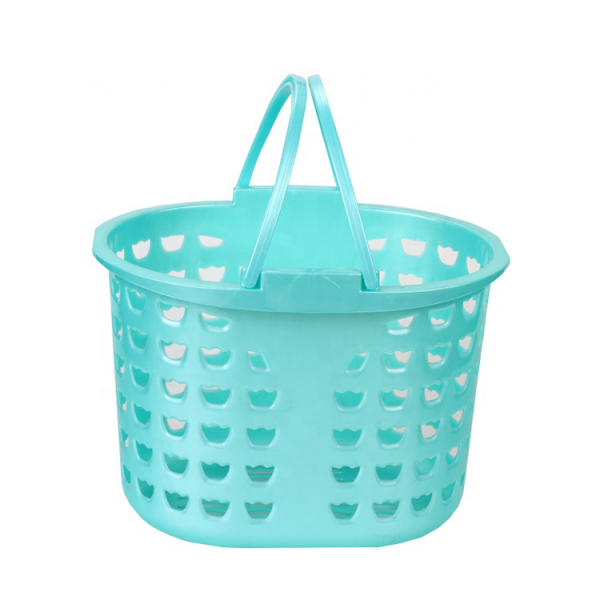In today's fast-paced world, plastic storage containers have become an indispensable part of our daily lives. From food preservation to organizing household items, these versatile containers offer convenience, durability, and flexibility. However, have you ever wondered about the intricate process of creating these storage containers? The unsung heroes behind these products are the molds used in their manufacturing. In this article, we will delve into the fascinating world of plastic storage container molds, exploring their design, production, and impact on our everyday lives.
The Significance of Plastic Storage Container Molds
Plastic storage container molds play a crucial role in the production of these ubiquitous household items. They are responsible for shaping the containers' design, size, and features. The significance of molds in this context cannot be overstated, as they determine the quality, efficiency, and cost-effectiveness of the manufacturing process. Let's take a closer look at the key aspects of plastic storage container molds.
Mold Design and Engineering
The first step in creating plastic storage container molds is the design and engineering phase. This involves intricate planning and precision to ensure that the mold will produce containers that meet specific criteria, including size, shape, capacity, and durability. Designers use computer-aided design (CAD) software to create detailed blueprints of the mold, considering factors like material flow, cooling, and ejector systems. The goal is to maximize efficiency and minimize waste during the injection molding process.
Materials Selection
Choosing the right materials for the mold is a critical decision. Typically, molds are made from steel or aluminum due to their durability and ability to withstand the high pressures and temperatures of injection molding. The choice of material depends on factors such as production volume, budget constraints, and the specific requirements of the container design. Steel molds are more expensive but offer a longer lifespan, making them ideal for high-volume production.
Mold Manufacturing
Once the mold design is finalized and materials are selected, the manufacturing process begins. Skilled mold makers meticulously craft the mold using cutting-edge CNC (Computer Numerical Control) machining techniques. The precision of the manufacturing process is essential to ensure that the mold produces containers with consistent quality and dimensions.
Injection Molding Process
The heart of plastic storage container production is the injection molding process. Here's how it works: Plastic resin is heated to a molten state and injected into the mold cavity. The mold's design determines the shape and features of the Plastic Storage Container Mold. As the plastic cools and solidifies inside the mold, it takes on the desired form. Afterward, the mold opens, and the finished container is ejected, ready for further processing and packaging.
Quality Control and Testing
Quality control is a continuous process throughout mold production and container manufacturing. Molds undergo rigorous testing to ensure they can withstand the stresses of repeated injection molding cycles without degradation. Finished Plastic Storage Container Molds are also inspected for defects such as warping, cracks, or incomplete filling. This stringent quality control ensures that consumers receive storage containers that meet high standards of performance and safety.
Customization and Innovation
One of the remarkable aspects of plastic storage container molds is their adaptability to innovation and customization. Manufacturers can easily modify mold designs to incorporate new features, such as secure locking mechanisms, compartments, or stackability. This flexibility allows the industry to continually evolve and meet the changing needs of consumers.
Environmental Considerations
In recent years, environmental concerns have driven efforts to make Plastic Storage Container Mold more sustainable. Mold manufacturers are exploring eco-friendly materials and techniques to reduce the environmental impact of mold production and container manufacturing. This includes the use of recycled plastics and energy-efficient production processes.



